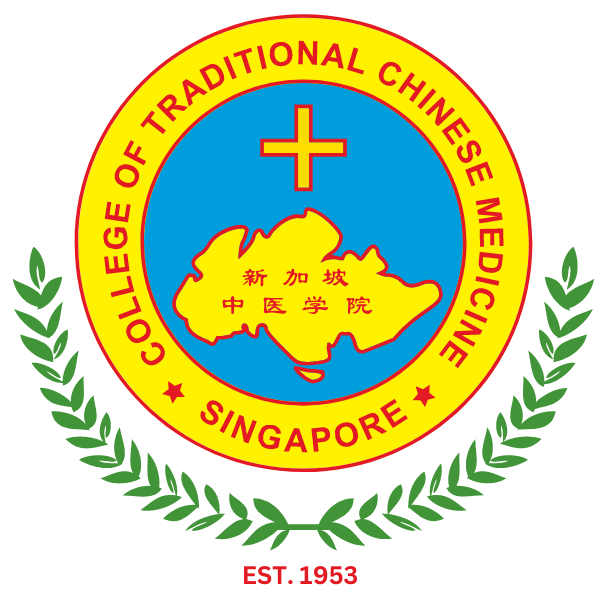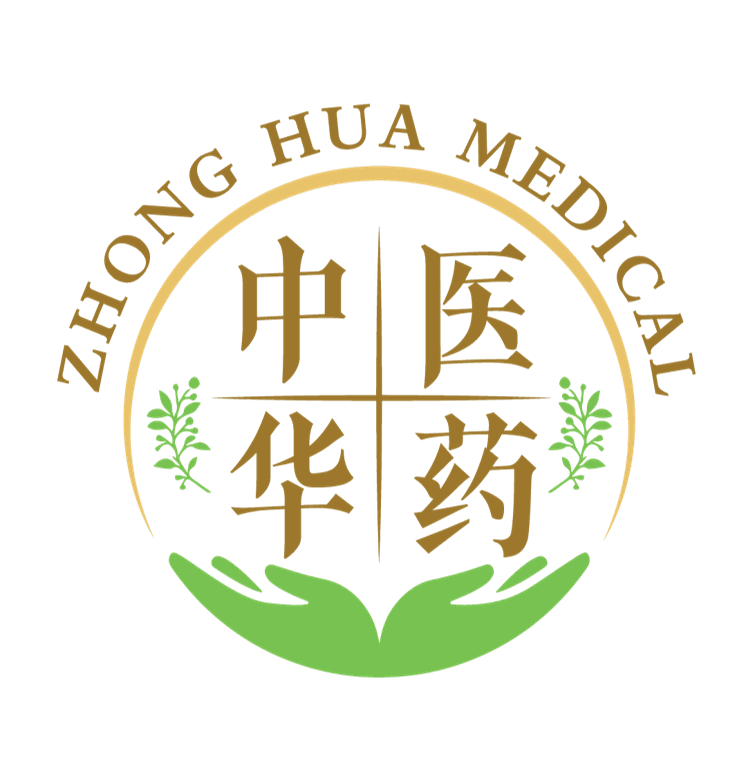Cupping therapy is an ancient healing practice with roots in traditional Chinese medicine. In recent years, it has gained wider popularity around the world, including in Singapore, for its numerous health benefits.
By using heated glass or plastic cups to create suction on the skin, cupping therapy is known to improve circulation, alleviate pain, reduce inflammation, and promote relaxation.
In this article, we’ll explore the history, methods, benefits, and modern applications of cupping therapy.
The History of Cupping Therapy
Cupping therapy can be traced back over 5000 years across civilisations like China, Greece, and Egypt, where the ancient Egyptians used cupping to treat conditions such as menstrual problems, vertigo, and fever.
Cupping therapy has evolved across cultures, with materials ranging from hollow animal horns in China’s Jin Dynasty to bronze cups in ancient Greece, and bamboo and earthenware in other regions.
From ancient Egypt, cupping therapy expanded to the Arab and Muslim world, where it’s known as “hijama”. A revered element of traditional Islamic medicine, hijama is still practised in many countries in the region.
In Europe and America, cupping was used to treat colds and other ailments, though the practice declined in the late 1800s as modern medicine emerged.
Today, cupping has regained popularity, especially as people turn to traditional and alternative therapies to manage their health concerns.
In Singapore, cupping therapy is deeply rooted in traditional Chinese medicine (TCM), with practitioners combining ancient methods with modern approaches to address a variety of health conditions.
How Does Cupping Work?
Cupping therapy works by placing glass or plastic cups on certain points of the body. The cups create a suction effect on the skin, which draws blood to the surface and helps promote circulation in the targeted areas.
This increased blood flow can help relieve inflammation, reduce pain, and support faster healing by delivering more oxygen and nutrients to the affected tissues.
Cupping can be applied to different places including the back, neck, chest, legs, and shoulders. The whole process typically lasts between 5 and 10 minutes.
After cupping therapy, the skin in the treated area often shows red, circular marks in the shape of the cup’s opening. These marks are usually painless and fade away after a few days.
Types of Cupping Therapy
There are many methods of cupping therapy used around the world. Two of the most widely applied techniques are:
- Dry Cupping
In dry cupping, the therapist creates a vacuum inside a cup by either heating it or using a suction device. The heat creates a vacuum that, when applied, pulls the skin and underlying tissue upwards into the cup. In Traditional Chinese Medicine, dry cupping is the most commonly used method.
- Bloodletting Cupping
The practitioner uses a sterile needle to lightly puncture the skin before the cups are applied. This method is believed to draw out blood, toxins, and impurities from the body, helping to promote detoxification and accelerate healing.
If you’re in Singapore, you’ll find many qualified TCM practitioners offering dry cupping therapy as part of their holistic treatment options.
The Benefits of Cupping Therapy
- Reduces Pain and Inflammation
Cupping is perhaps mainly recognised for its ability to reduce pain and inflammation in muscles and joints. It can be particularly effective for conditions such as arthritis and musculoskeletal pain.
Cupping therapy is believed to alleviate pain through several mechanisms. One scientific medical theory is the pain-gate theory.
According to this theory, the pressure from cupping activates certain large nerve bunches in the skin. In this state, pain signals from smaller nerve fibres cannot be transmitted to the brain, essentially “closing the gate” on the individual’s pain perception.
Meanwhile, inflammation is triggered by the accumulation of metabolic waste in the body, consisting of materials such as lactate, carbon dioxide, and ammonia. Extended periods of inflammation can lead to heart issues, joint pain, and digestive problems.
Cupping may help reduce inflammation by improving blood circulation in the treated areas and removing metabolic waste products. This helps to reduce the inflammation responsible for many chronic health issues.
- Supports the Immune System
Cupping therapy is thought to enhance immune function by activating the body’s immune responses. One key way it does this is by promoting lymphatic drainage through its suction mechanism.
The lymphatic system is a vital part of the immune system, made up of a network of organs, tissues, and vessels that help protect the body from infection. It also plays a role in maintaining fluid balance and removing old or damaged cells.
By stimulating the lymphatic system, cupping therapy helps to clear toxins and excess fluids from the body’s tissues. This supports immune function and overall health by ensuring the body’s detoxification processes remain efficient. It is also believed that cupping therapy could have similar effects as lymphatic drainage massages.
Some studies suggest that this therapy may increase the activity of immune cells, potentially contributing to a more robust immune response against infections.
- Relieves Fatigue and Stress
Cupping therapy is increasingly noted for its benefits in relieving fatigue and stress.
When placed on the relevant acupuncture pressure points, cupping can alleviate feelings of tiredness.
Moreover, the negative pressure created during cupping works to lift and stretch muscle fibres. This effect can reduce muscle tension and stiffness in the treated areas and reduce physical fatigue, which is often caused by tight muscles.
Many people also find cupping therapy to be relaxing. Cupping may soothe the nervous system by releasing endorphins and stimulating the parasympathetic nervous system.
Endorphins, which are produced by the brain’s pituitary gland, are natural mood boosters that can help reduce stress and improve overall well-being.
At the same time, cupping stimulates the parasympathetic nervous system, which controls the body’s stress responses and its ability to relax. In this way, cupping helps to promote relaxation and a sense of calm.
- Strengthens Respiratory Health
Cupping therapy may also have potential benefits for respiratory health, bringing relief to conditions like colds and chest infections.
For example, cupping therapy can help remove congestion in the lungs by loosening mucus and phlegm.
Studies have shown that individuals with acute respiratory distress syndrome (ARDS) resulting from COVID-19 infections saw improvements in their symptoms following cupping therapy. The procedure helped to relieve the patients’ cough, chest tightness, and feelings of breathlessness.
What’s more, cupping therapy’s ability to improve blood circulation in the treated areas may also enhance the flow of oxygen and nutrients to the lung tissue, while helping to relax the muscles in the chest.
Modern Applications of Cupping Therapy
The modern popularity of cupping therapy has seen its expansion into areas outside of traditional practices. Some contemporary applications of cupping include:
Sports Recovery and Treatment
Many athletes use cupping to help reduce muscle soreness and stiffness after intense physical activity. Cupping therapy helps muscles recover more quickly and relieves conditions like swelling and spasms. Olympic swimmer Michael Phelps famously revealed that he uses cupping therapy to treat pain and soreness.
Holistic Medical Treatments
Cupping is often used in combination with acupuncture, massage therapy, and herbal treatments as part of alternative approaches to health and healing. Some physicians may recommend cupping therapy as a supplementary treatment for conditions like breast cancer, where lymphedema may be a common side effect after surgery.
Wellness and Beauty Culture
Many modern spas and wellness centres may offer cupping therapy as part of their care services, catering to individuals seeking stress relief, relaxation, or detoxification. Cupping can also improve the appearance and health of the skin, as it boosts blood flow and reduces puffiness and inflammation in the face.
Who Should Not Get Cupping Therapy?
While cupping therapy offers various health benefits, it is not suitable for everyone, particularly those with certain medical conditions. You should avoid cupping therapy if:
- You have any bleeding or blood clotting disorders.
- You have a heart condition.
- You are pregnant.
Before undergoing cupping therapy, it’s important to consult a healthcare provider, especially if you have any of the above conditions or are unsure whether cupping is appropriate for you.
Experience the Healing Power of Cupping Therapy
Cupping therapy has evolved from an ancient healing practice into a modern therapeutic technique, offering a wide range of benefits for physical, mental, and emotional health.
Whether you’re seeking relief from chronic pain or want to boost your overall well-being, a qualified and experienced TCM practitioner can help you reap the full benefits of this age-old procedure.
To learn more about how cupping therapy can support your long-term health, contact Zhong Hua Medical through our website. You may also schedule a consultation with one of our experienced practitioners in Singapore today.




